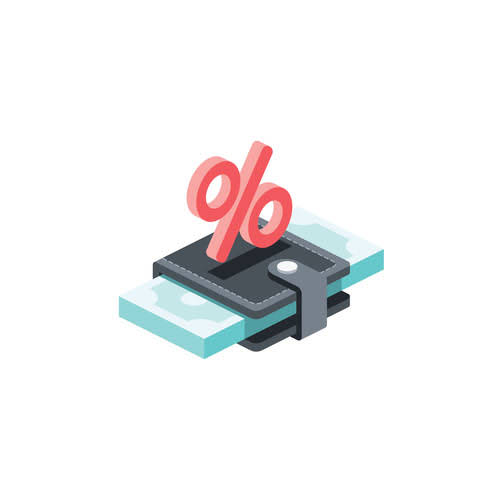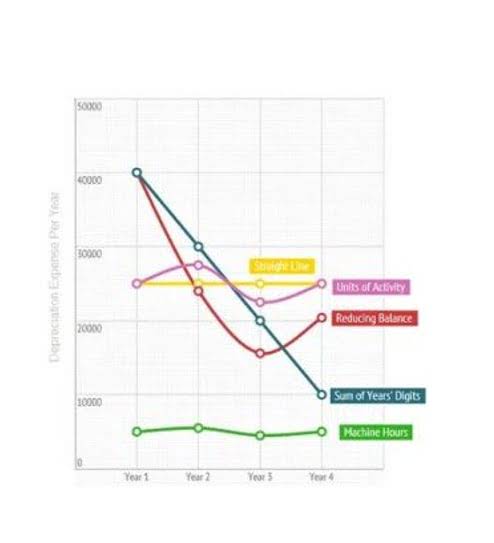07 Dec Chapter 4: Financial Leverage and Capital Structure whole thing Corporate Finance
Content
- The Power of Financial Leverage: How It Can Help Grow Your Business
- What is Financial Leverage and How Can it Help Your Business?
- Chapter 4: Financial Leverage and Capital Structure (whole thing)
- Ask a Financial Professional Any Question
- AccountingTools
- Leverage Meaning in Business
- Definition of Financial Leverage

The debt-to-capital ratio is a measurement of a company’s financial leverage. It is one of the more meaningful debt ratios because it focuses on the relationship of debt liabilities as a component of a company’s total capital base. A leverage ratio is any one of several financial measurements that look at how much capital comes in the form of debt (loans) or assesses the ability of a company to meet its financial obligations. Financial leverage is the strategic endeavor of borrowing money to invest in assets. The goal is to have the return on those assets exceed the cost of borrowing funds that paid for those assets. The goal of financial leverage is to increase an investor’s profitability without requiring to have them use additional personal capital.

Anyone who’s taken out a mortgage to buy a house or paid for holiday gifts with a credit card has used leverage—borrowed money that enhances your immediate buying power but must be paid back. Business credit may be required when applying for loans, lines of credit and business credit cards. Repaying them as promised can help your business build credit, but falling behind can drag down its score. That can impact your ability to get approved for financing for your business in the future. When seeking this type of business funding, be sure not to bite off more than you can chew. While the Debt to Equity Ratio is the most commonly used leverage ratio, the above three ratios are also used frequently in corporate finance to measure a company’s leverage.
The Power of Financial Leverage: How It Can Help Grow Your Business
Financial leverage ratios tell us about the ability of any business whether it can meet its long-term debt obligations or not. These obligations can be anything like interest payments on the debt amount, the principal cost on the debt amount, or any other kind of fixed obligations like lease payments of the business. For many businesses, borrowing money can be more advantageous than using equity or selling assets to finance transactions. When a business uses leverage—by issuing bonds or taking out loans—there’s no need to give up ownership stakes in the company, as there is when a company takes on new investors or issues more stock.
- Consistent cash flows are more common in industries where there is a reduced level of competition, barriers to entry are high, and there is little disruption due to product innovation.
- This financial leverage calculation is used to measure financial performance.
- This is particularly true if you invest funds that aren’t your own.
- An investor who buys a stock on 50% margin will lose 40% if the stock declines 20%.;[7] also in this case the involved subject might be unable to refund the incurred significant total loss.
- When borrowing money to buy assets, assets may be required to secure the debt.
Margin is a special type of leverage that involves using existing cash or securities position as collateral used to increase one’s buying power in financial markets. Margin allows you to borrow money from a broker for a fixed interest rate to purchase securities, options, or futures contracts in anticipation of receiving substantially high returns. There is an entire suite of leverage financial ratios used to calculate how much debt a company is leveraging in an attempt to maximize profits. This is a particular problem when interest rates rise or the returns from assets decline.
What is Financial Leverage and How Can it Help Your Business?
In this article, you will learn about the main types of leverage ratios and how they can help you assess the solvency, efficiency, and profitability of a firm. Financial leverage is a strategy used to potentially increase returns. Investors use borrowed funds intending to expand gains from an investment.
Is financial leverage good or bad?
A financial leverage ratio of less than 1 is usually considered good by industry standards. A leverage ratio higher than 1 can cause a company to be considered a risky investment by lenders and potential investors, while a financial leverage ratio higher than 2 is cause for concern.
Using leverage also allows you to access more expensive investment options that you wouldn’t otherwise have access to with a small amount of upfront capital. Keep in mind that when you calculate the ratio, you’re using all debt, including short- and long-term debt vehicles. In simple terms, the Use of Debt with Equity is termed Financial Leverage.
Chapter 4: Financial Leverage and Capital Structure (whole thing)
The unusually large swings in profits caused by a large amount of leverage increase the volatility of a company’s stock price. Thus Financial Leverage indicates the dependency of a business on debt financing over equity finance for its financial decision-making. The use of Long Term Fixed Interest Bearing Debt and Preference Share Capital and Equity Share Capital is called Financial Leverage. Implementing the formula, let’s find the financial leverages for the company by evaluating the data provided. The “optimal” capital structure is the one that minimizes the weighted average cost of capital, or WACC.
In turn, the firm’s required return, i.e., the dependent “R” variable in the CAPM, would also rise since the CAPM formula embodies equity risk (β). (The firm’s slope, as represented in the CAPM diagram, would steepen.) Finally, with a higher “R,” which is also the discount rate in the DDM, the stock price would go down. The impact of Whats the Difference Between Bookkeeping and Accounting? on a firm’s valuation or stock price is, in fact, unclear.
Ask a Financial Professional Any Question
Levers also apply metaphorically to trading stocks and other assets. Leverage—also called trading on margin—can be a useful and potentially lucrative tool for investors and traders, but also poses unique risks that should be fully understood. If all goes well, you’ll https://kelleysbookkeeping.com/charles-kurk-professional-bookkeeping-services/ repay your borrowed funds quickly and snag investment returns in the process. Risk comes with the territory—it’s never guaranteed that your investment will lead to financial gains. Regardless, you’ll still be responsible for paying back whatever you borrow.






No Comments